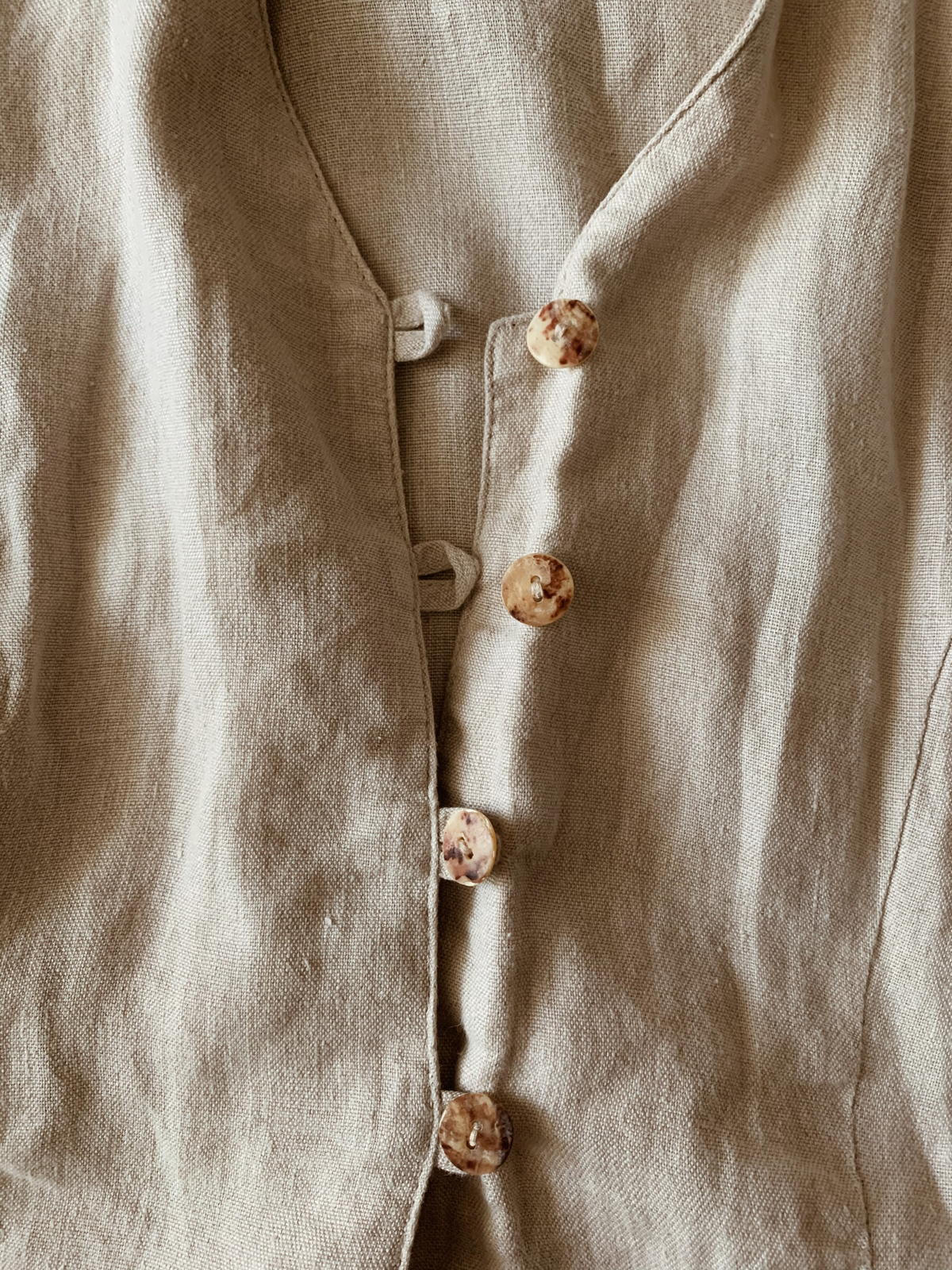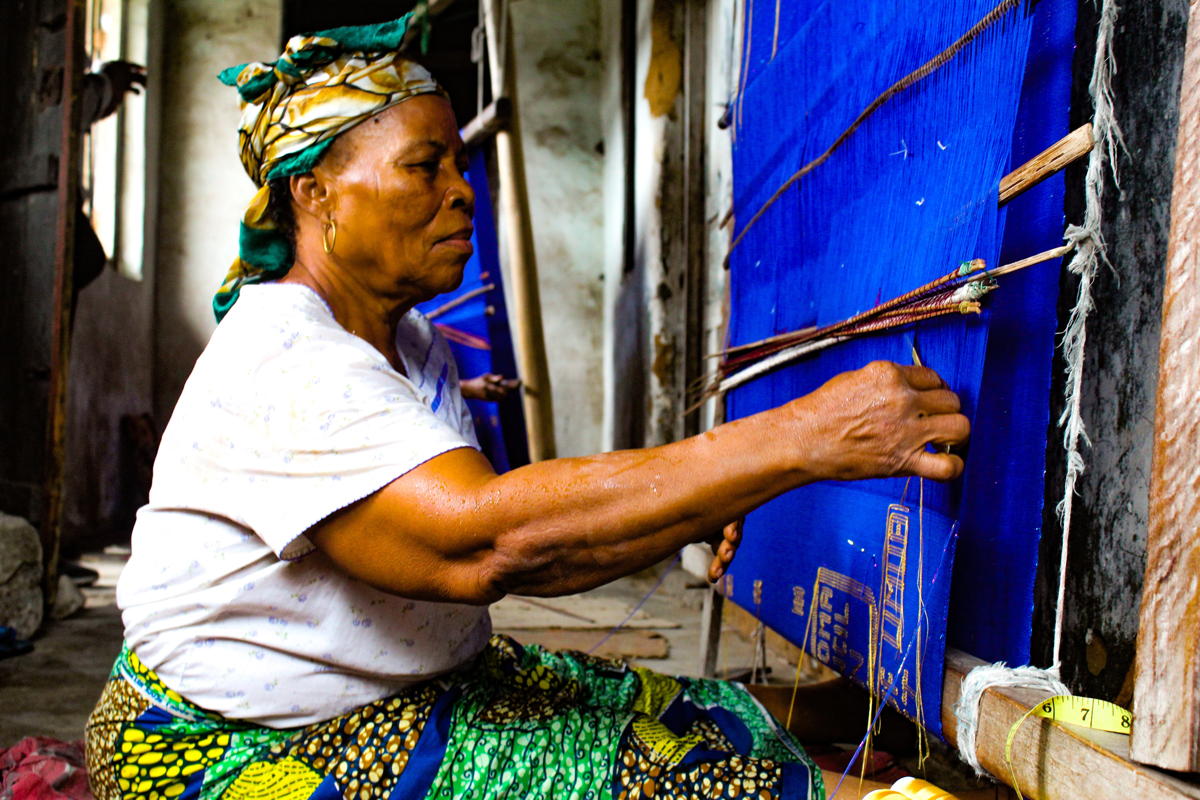
The Difference Among Slow Fashion, Sustainable Fashion, and Ethical Fashion
What is slow fashion? How about sustainable fashion? Or even ethical fashion? It’s easy to use these words interchangeably but they all don’t necessarily mean the same thing. Learn more about the difference between them with us.
SLOW FASHION
Slow fashion is usually described as the opposite of fast fashion. Instead of the rapid buying and discarding of clothes, slow fashion refers to the clothing itself. It involves an intention to consider the processes and resources required to make the garment including the style, design and quality. As such, slow fashion is less about the fluctuating trends that inspire the garment and more about buying timeless and classic pieces that can last you for years to come.

SUSTAINABLE FASHION
So if slow fashion concerns the clothing itself, what is sustainable fashion then? Sustainable fashion refers to the way that clothing is designed, manufactured and distributed and the effect of that production process on the environment. This controls the use of natural and sustainable fabrics, the chemicals used in dyes for various colors, water and waste treatment, energy reduction and even packaging. Although fashion cannot be 100% sustainable, sustainable fashion tries to minimise its negative impact on nature as much as possible and create a positive impact on people.

ETHICAL FASHION
Compared to the other terms, ethical fashion is a bit more broad in definition. As the name suggests, ethical fashion refers to how clothing is made. It may sound similar to sustainable fashion. However, instead of determining the effect of the production process on the environment, ethical fashion encompasses everything from the conditions under which the materials used have been created to the human rights of the garment workers who make the clothing themselves.

+ Words:
Tyler Lea-Thompson
Luxiders Magazine








